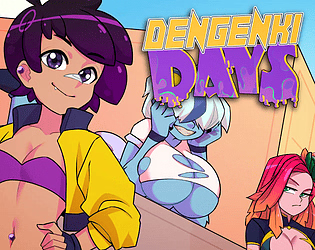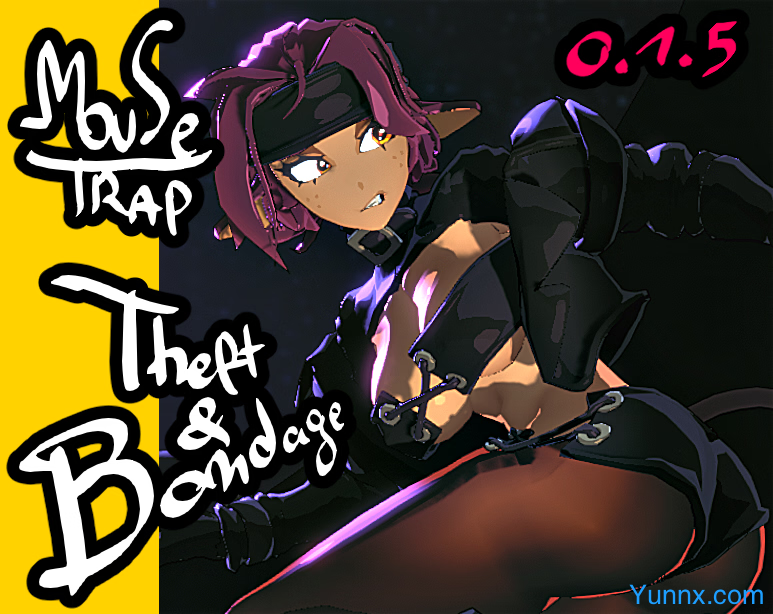Fallen Bride Mege tells the tragic story of a couple torn apart by hardship. When financial strain fractures their harmonious marriage, Mege turns to desperate measures, leaving her husband, Ricky, betrayed and humiliated. Explore a narrative of love, loss, and moral ambiguity through this dark, character-driven drama.
A Marriage Tested by Adversity
1. A Perfect Start Collapses
• The game begins with a seemingly idyllic marriage between Ricky and Mege, set against a backdrop of quiet domesticity.
• Sudden layoffs shatter their stability, forcing Mege to seek unconventional solutions.
• Players witness the slow erosion of trust as their bond fractures under pressure.
2. Mege’s Descent
• Forced to rely on others for help, Mege’s innocence gives way to increasingly questionable alliances.
• Her choices blur the line between survival and moral compromise.
• Subtle behavioral changes hint at her growing distance from Ricky.
3. Ricky’s Struggle
• As Mege’s behavior becomes erratic, Ricky must decide: confront her or quietly endure.
• Limited options force players to grapple with feelings of helplessness and betrayal.
• The story unfolds in a way that refuses simple moral judgment.
Narrative Depth and Emotional Weight
1. Psychological Realism
• Dialogue and character interactions depict the subtleties of strained relationships.
• Small details—like Mege’s body language or missed appointments—hint at deeper issues.
• The story avoids black-and-white morality, presenting complex human flaws instead.
2. Branching Choices With Real Consequences
• Player decisions influence Mege’s actions and the ultimate outcome.
• Some paths lead to reconciliation, while others spiral into irreparable damage.
• Secondary characters (friends, colleagues) react dynamically to your choices.
3. Themes of Vulnerability
• The game examines how external stressors impact personal relationships.
• Economic anxiety and societal expectations amplify the pressure on Mege.
• Ricky’s perspective challenges players to empathize with his silent suffering.
Immersive Storytelling Mechanics
1. Dynamic Relationship System
• A “trust meter” tracks Mege’s emotional state relative to Ricky.
• Certain actions (confronting her, ignoring warning signs) irreversibly shift the narrative.
• Subtle environmental changes reflect the deteriorating relationship (e.g., locked doors, distant dialogue tones).
2. Atmospheric Tension
• Ominous weather (storms, cold snaps) mirrors the emotional climate.
• A recurring motif (a broken clock, fading photographs) underscores themes of decay.
• Diegetic sound design (clock ticks, distant footsteps) heightens immersion.
3. Multiple Endings
• Redemption arc: Mege reconciles after realizing her mistakes.
• Tragic conclusion: The marriage collapses irreparably.
• Bittersweet ending: Partial reconciliation, but permanent scars remain.




















